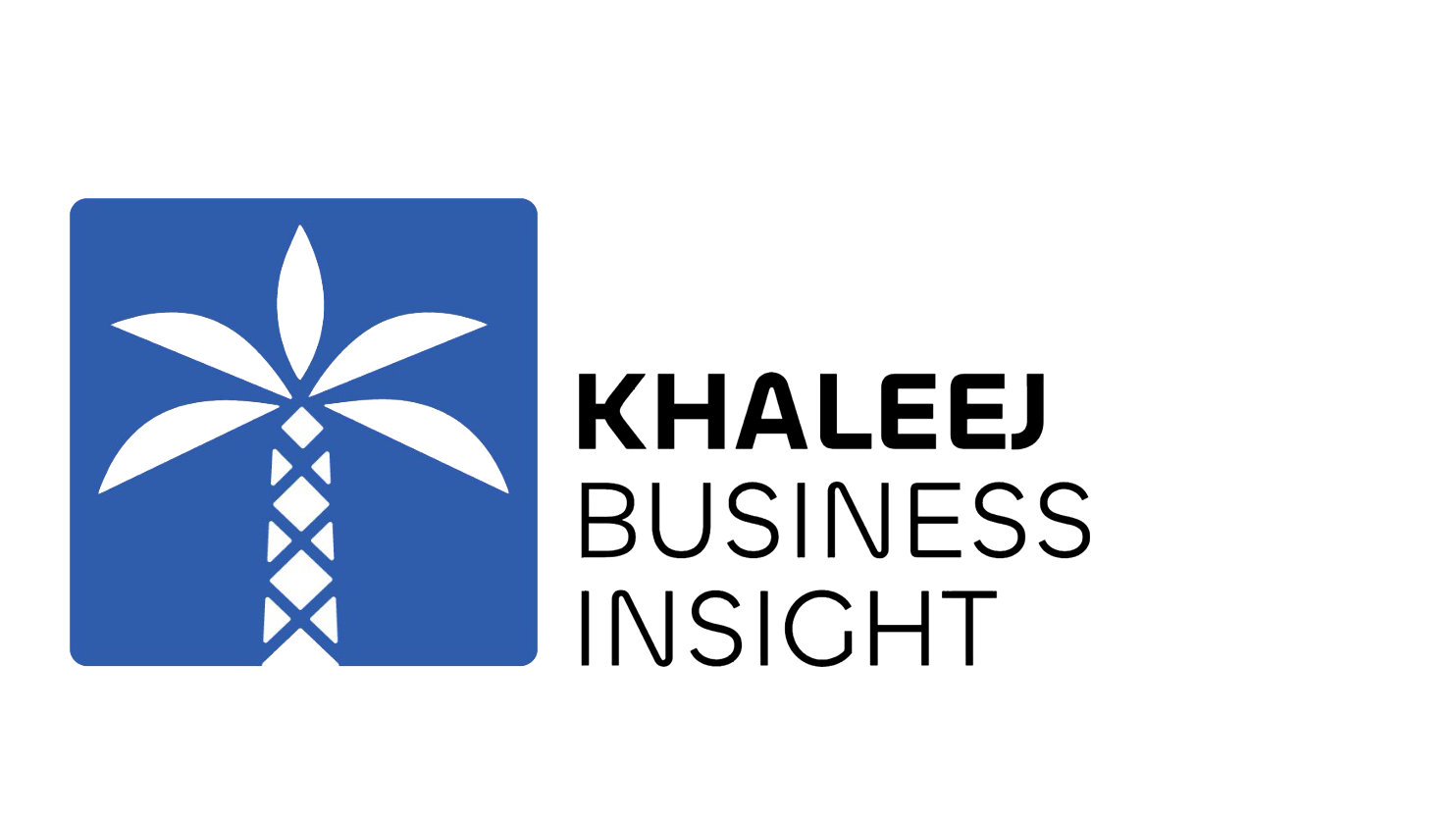Abu Dhabi National Takaful Company PSC has seen its stock drop 23% over the past month. However, its strong financial performance suggests investors may want to take a closer look. Fundamentals, after all, often drive long-term market outcomes. In this context, the company’s return on equity (ROE) stands out as a key metric.
ROE measures how efficiently a company generates profit from its shareholders’ equity. For Abu Dhabi National Takaful Company PSC, the ROE is 21%, calculated as AED112 million in net profit divided by AED544 million in equity for the trailing twelve months ending June 2025. Simply put, the company earned AED0.21 for every AED1 of equity.
Additionally, this metric also helps assess earnings growth potential. Companies that retain profits effectively tend to grow faster. In the case of Abu Dhabi National Takaful Company PSC, the firm retains 69% of earnings, indicating a focus on reinvestment.
Nevertheless, its net income growth of 4.7% over the past five years remains moderate but steadily consistent, reliable, and shows gradual improvement. Still, this growth outpaces the industry average of 2.4%, highlighting the company’s relative strength.
Despite the solid ROE, earnings growth has been restrained. The firm has maintained a median payout ratio of 31% over the past three years, reflecting consistent dividend payments. For more than a decade, management has prioritized returning profits to shareholders, which may have limited accelerated reinvestment. Additionally, market headwinds have affected growth potential in recent years.
Overall, Abu Dhabi National Takaful Company PSC demonstrates healthy financial management. The company reinvests strategically while delivering dividends, balancing shareholder returns with moderate growth. If earnings continue to rise, long-term share price performance could improve. However, investors must consider risk factors that may affect future returns. For a detailed overview of these risks, you can access the company’s risk dashboard on our platform.





